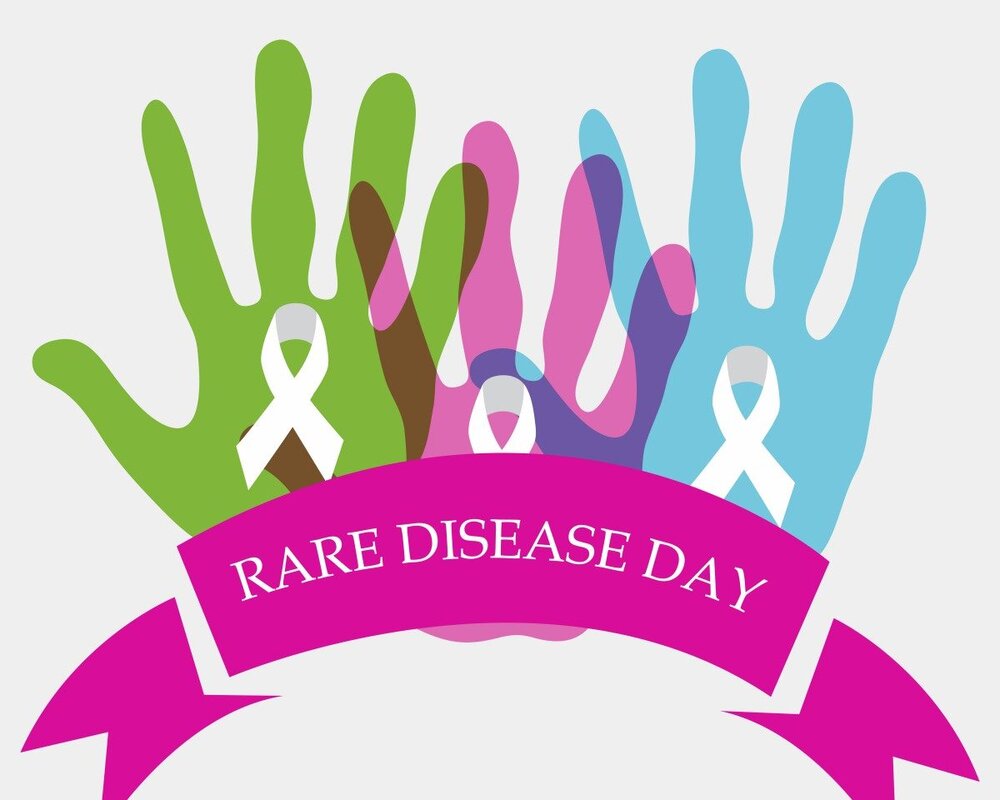EURORDIS praises Iran’s national document on rare diseases

TEHRAN – Yann Le Cam, the chief executive officer of the European Organization for Rare Diseases (EURORDIS), has praised Iran for preparing a national document on rare diseases, saying that it will change the lives of one million rare disease patients in the country.
In a video message on the occasion of the International Day of Rare Diseases, Le Cam said that “I would like to congratulate Iran on the development of the first national document on rare diseases.
The move paves the way to improve the lifestyles of the one million rare patients living in Iran today. The document, created with the participation of the Rare Diseases Foundation, which is a full member of EURORDIS, is a great success.”
I hope the national document can be a way to solve the problem of medicine and treatment of rare diseases patients in Iran so that they can access medicine and treatment as soon as possible, he said, praising Iran.
He expressed hope to celebrate the International Day of Rare Diseases in Iran as glorious as possible.
The Document, approved by the Ministry of Health in December 2020, is being studied by the cabinet of ministers for final approval.
Patients with rare diseases launched and signed a petition calling for drawing up a national document on rare diseases on the occasion of Rare Disease Day, February 28, 2019.
The National Document on Rare Diseases, recently prepared in collaboration with the Rare Diseases Foundation and the University of Tehran, was drafted by prominent domestic and foreign experts.
The main vision of this document is to prevent the birth of infants with rare diseases and to solve the medical and therapeutic problems of rare patients in the country.
Rare diseases prevalence
According to the statistics published in 2019, the number of rare diseases identified in Iran has reached 332 types of diseases and about 4,750 people are covered by the Rare Diseases Foundation of Iran.
Out of a thousand population, 2 people get a rare disease, while the prevalence can be curbed by changing people’s culture, screening, identifying, preventing the births, and raising awareness.
According to WHO, rare diseases are often serious, chronic, and life-threatening. The European Union (EU) definition of a rare disease is one that affects fewer than 5 in 10,000 people. At present, more than 6000 rare diseases are known; around 80 percent of them are genetic disorders and half of them occur during childhood.
Grouped together, rare diseases affect 6–8 percent (or about 30 million people) out of the 508 million population of EU countries. This roughly equals the estimated prevalence of diabetes in the World Health Organization European Region, which in 2013 was 6.8 percent of 658.7 million adults in the 20 to 79-year age group.
Rare diseases are associated with a high psychological burden for the patient but they can also have a major impact on a patient’s family. In addition to the health burden on patients, few of these diseases have an effective drug treatment available.
FB/MG
Leave a Comment